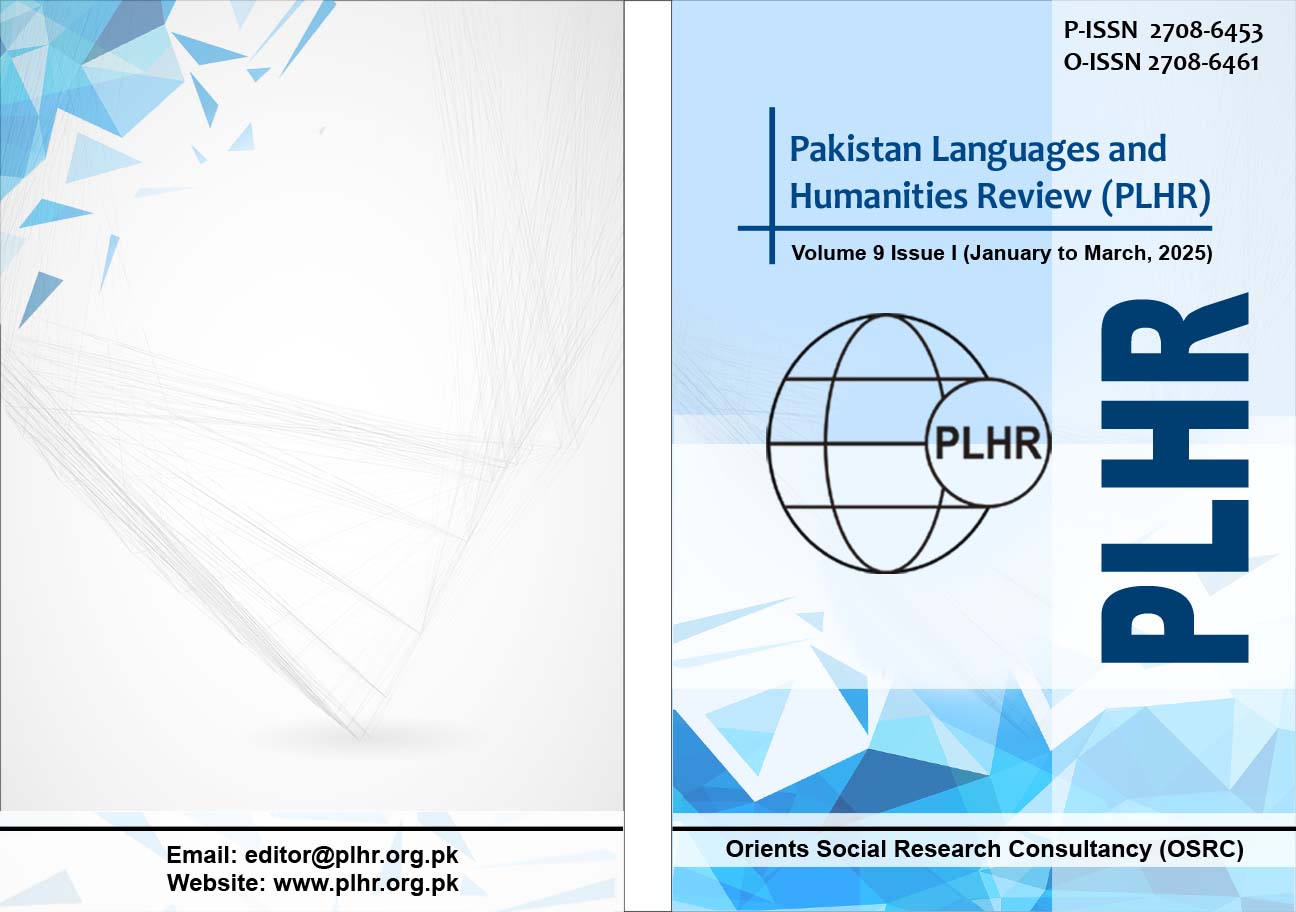A Comparative Analysis of Humor as a Strategy for Public Engagement: Analyzing Types of Humor in Political Speeches and Talk Shows
DOI:
https://doi.org/10.47205/plhr.2025(9-I)26Keywords:
Strategic Communication Tool, Media Appearances, Rhetorical Functions, Discourse Analysis, PersuasionAbstract
This study aims to explore the use of humor in political speeches and talk shows. Humor is a strategic communication tool which is used both as a persuasive device and a rhetorical shield which allows politicians to adress criticism indirectly and to maintain audience engagement. The study explores the different types of humor including affiliative humor, self-enhancing humor, aggressive humor and self-defeating humor and how these humor functions differently in different situations. The methodology used for this research is qualitative research methodology and discourse analysis which explores humor usage and allows for in-depth exploration of how political figures employ humor as a persuasive and face-saving strategy. Using a discourse analysis framework, this study classifies humor styles and also evaluates their impact on political messaging and public perception. The findings provide a more detailed understanding of humor types and usage of humor. Further studies could also dwell insights into audience reception analysis and can also address the humor analysis in political discourse using a multidisciplinary or multimodal approach.
Downloads
Published
Details
-
Abstract Views: 388
PDF Downloads: 339
How to Cite
Issue
Section
License
Copyright (c) 2025 Pakistan Languages and Humanities Review

This work is licensed under a Creative Commons Attribution-NonCommercial 4.0 International License.

ORIENTS SOCIAL RESEARCH CONSULTANCY (OSRC) & PAKISTAN LANGUAGES AND HUMANITIES REVIEW (PLHR) adheres to Creative Commons Attribution-Non Commercial 4.0 International License. The authors submitting and publishing in PLHR agree to the copyright policy under creative common license 4.0 (Attribution-Non Commercial 4.0 International license). Under this license, the authors published in PLHR retain the copyright including publishing rights of their scholarly work and agree to let others remix, tweak, and build upon their work non-commercially. All other authors using the content of PLHR are required to cite author(s) and publisher in their work. Therefore, ORIENTS SOCIAL RESEARCH CONSULTANCY (OSRC) & PAKISTAN LANGUAGES AND HUMANITIES REVIEW (PLHR) follow an Open Access Policy for copyright and licensing.







